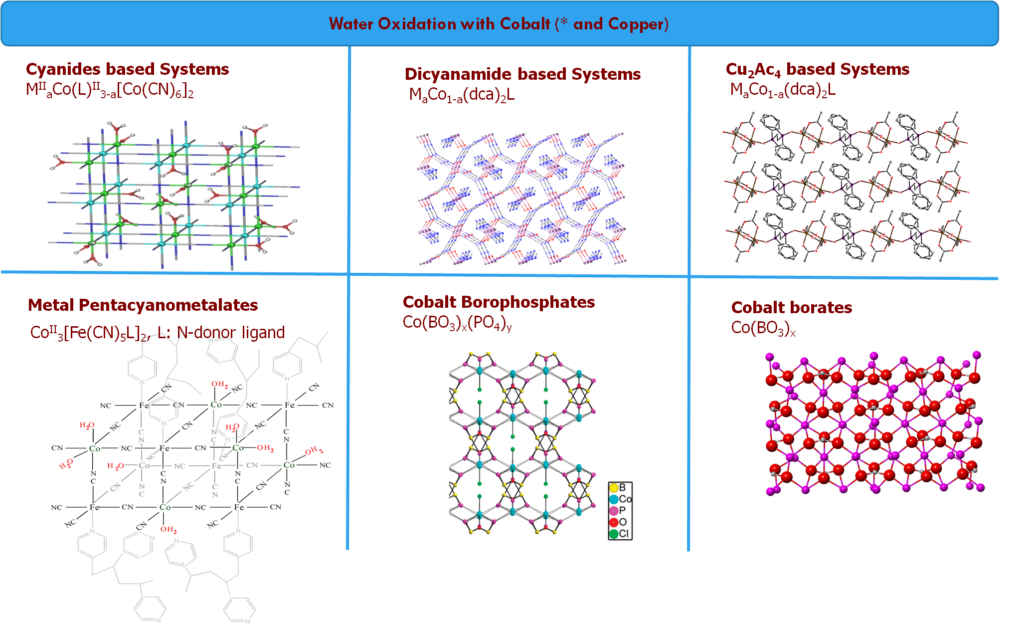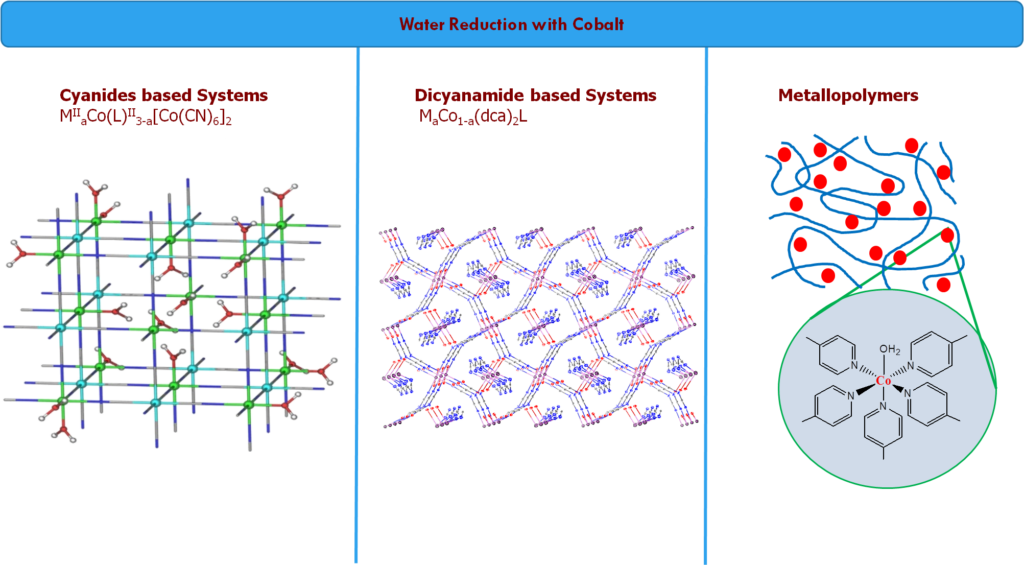
Water Splitting – Development of an Artificial Leaf
Global energy consumption is expected to increase exponentially by 2050 mainly due to the increase in population and energy consumption per person. The overall energy demand could only be met by discovering alternative methods for energy production other than the conventional fossil-based fuels such as coal, oil, and natural gas or nuclear energy. This implicates that there is a dire need to introduce cleaner energy sources since CO2, the common byproduct of carbon-based fuels, reached to an alarming value of 380 ppm in the atmosphere, consequences of which are not reassuring for the environment. The hydrogen economy is one of the promising candidates of clean alternative energy sources. It has high energy content per mass and produces water as a product. One of the main challenges in hydrogen economy is water-splitting, which consists of two half-reactions:
2H2O → O2 + 4H+ + 4e− E = 0.82 V, at pH 7 (1)
2H+ + 2e− → H2 E = 0.41 V, at pH 7 (2)
where E is the reduction potential. Electrocatalysts consisting of 3d metal ions that are of great abundance have been studied in both fields due to their stability and easy implementation into devices. Even though encouraging developments have been made, both of the fields continue to lag because of a missing link between current research and near future commercialization of efficient materials. Our main objective is to introduce and develop novel electrocatalysts and photocatalysts that target the half reactions of water splitting; water oxidation and hydrogen evolution.

